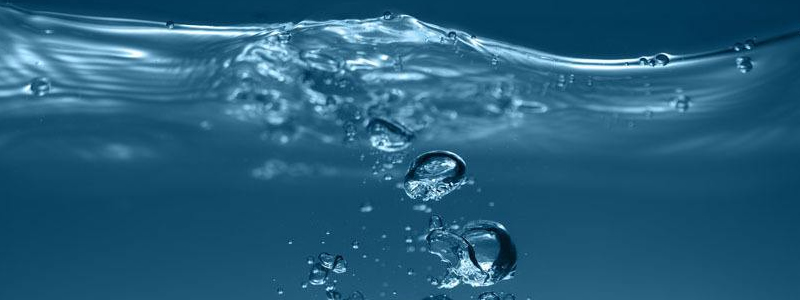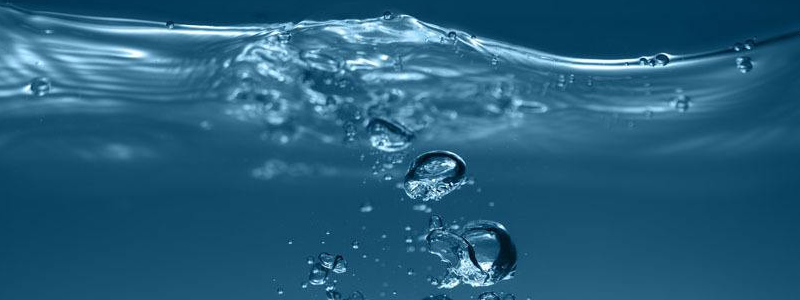
Amphoteric Flocculants
Amphoteric flocculants are partially hydrolyzed polyacrylamide with high molecular weight. This amphoteric polyacrylamide is easily to remove both the positive and negative charged contents particles in a suspension solution.
Amphoteric polyacrylamide also called zwitterionic polyacrylamide or dipolar ionic polyacrylamide. The molecular chain of the amphoteric flocculant has two or more functional groups, of which have at least one anionic charge and one cationic charge. Unlike other mono-ionic polyacrylamides that only form either a cationic or anionic charges, the amphoteric polyacrylamide simultaneously have both ionic states.
Amphoteric polyacrylamide is copolymerized by acrylic cationic monomer and acrylamide monomer. The anionic charge forms after the hydratization of the acrylamide monomer, and the cationic charge forms from the acrylic monomer. Thus, the amphoteric polyacrylamide has both positive and negative charges on its molecular chain.
Amphoteric flocculants could be used for municipal wastewater treatment and industrial wastewater treatment. Our products have both anionic and cationic charges on the same macromolecule and could be used to remove both positively and negatively charged contaminant in suspensions.
1. Industrial water treatment
Amphoteric polyacrylamide has been widely used for industrial water treatment, oil refinery plants and mining etc. Amphoteric polyacrylamide has a better performance and efficiency than the mono-ionic polyacrylamide, especially when the water condition is complicated, or the water condition is keep changing, because its ability to decrease the surface tension of the water is way better. And the performance is stable when the water condition changes.
In some special cases, it usually needs to use anionic flocculants and the cationic flocculants synchronously to reach a better effect of the clarification, however, these added anionic flocculants and the cationic flocculants could react with each other and form precipitation and then lead a poor flocculate result. The amphoteric flocculants could easily avoid the problem due to its zwitterionic nature. It could create both charges without casing precipitation. And it’s even easier to operate during the treatment, time saving and labor saving.
2. Municipal water treatment
As the municipal waste water also has more and more complicated composition, the sludge dewatering requires a higher performance agent. At this circumstance, the simply cationic flocculants is not suitable any more, instead many tests and feedbacks show the amphoteric agent works very well.
3. Oilfield
The newly developed application is for the oilfield, facts prove that amphoteric polyacrylamide could be used for profile control, water plugging, friction reduction and also the treatment for the fluid.
Packaging - Storage
In 25 kg Kraft bags or PE valve bags.
The product should be kept dry place and the storage temperature is 0oC to 35oC, against direct sunlight and moisture.
Products Feeding
The solutions of amphoteric polymer must be prepared in suitable plants equipped with dry powders feeding and dispersion units and with continuous and moderate agitation. The dissolution water must have a temperature included between 10°C and 40°C; For a correct use of amphoteric polyelectrolyte and in order to achieve the best possible results, it is necessary to allow a “maturation” time of 60 minutes. When treating turbid water, the flocculants solution must be added to the water in a point of average turbulence, in order to achieve a thorough and homogeneous mixing without impairing the flock formation. Recommend operating concentration is 3g/l, and the maximum operating concentration is 15g/l.
Keywords: Amphoteric Flocculants,Amphoteric polyacrylamide,Amphoteric polyaelectrolyte
For more informations, or interested, please contact us TIAN@CHEM.NET.
 Previous
Previous  Next
Next Get answers and advice from people you want it from.